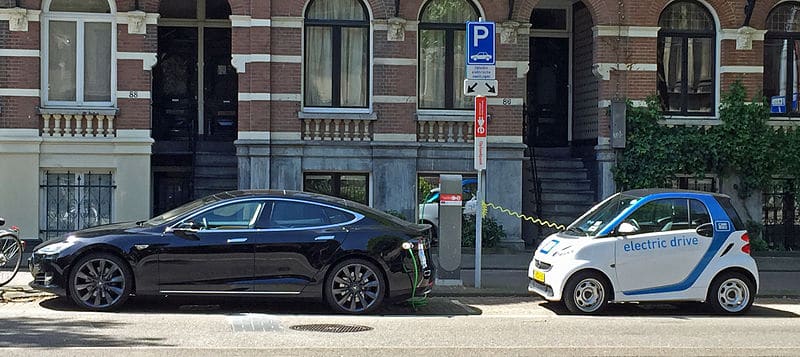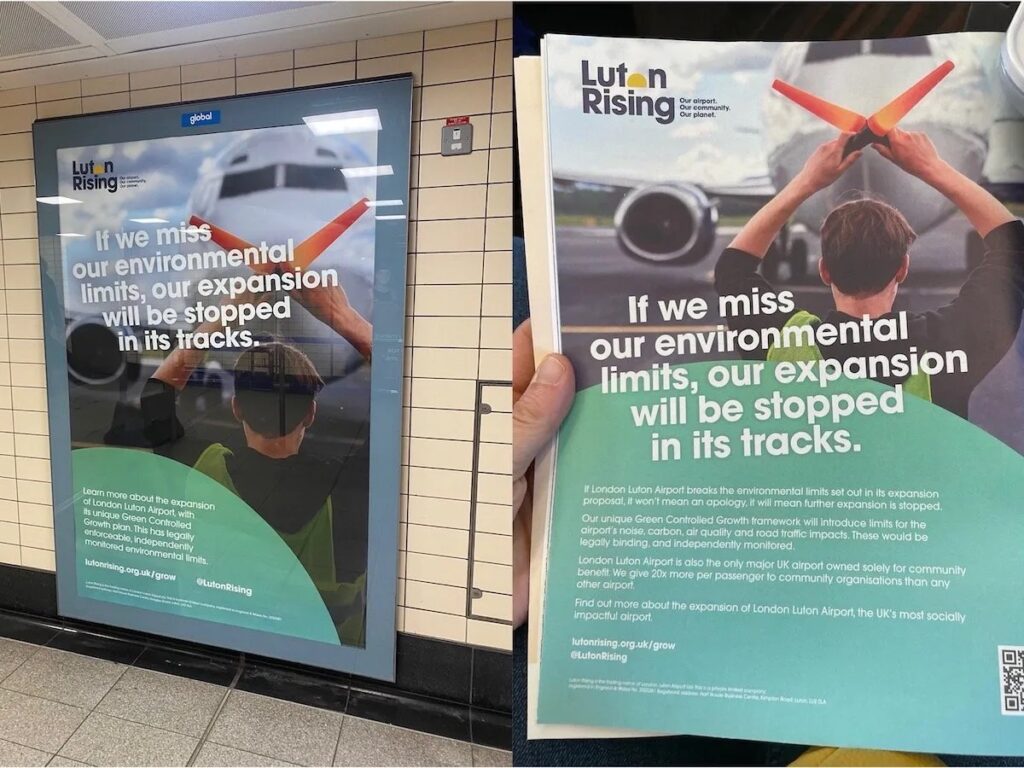Even if you haven’t been convinced by the rock-bottom price of oil or the divestment movement and the risks of climate change to get your money out of oil investments, you may want to pay attention to what’s going on right now with electric cars.
The age of plug-in electric cars is swiftly approaching. Chevy, Nissan, and Tesla plan to soon start selling electric cars in the $30,000 price range that can travel more than 200 miles on a single charge. Tesla’s Model S already outsells the competition in the large luxury class in the US.
BMW, Ford, Volkswagen, and virtually every other major car manufacturer are all looking to get in on the electric vehicle game too, and are investing billions. Even tech giants Apple and Google are hoping to develop the next hot electric car.
As Bloomberg puts it, “This is a problem for oil markets.”
Why? Because the price of oil started to tank in 2014 due to too much supply and not enough demand. Oil companies started producing about two million barrels a day more than the global market demanded, led by the shale and fracking “revolution” in North America.
“The question is: How soon could electric vehicles trigger a similar oil glut by reducing demand by the same 2 million barrels?” Bloomberg asks. According to an analysis by Bloomberg New Energy Finance (BNEF), the answer is most likely some time in the 2020s.
Battery prices fell 35 percent in 2015 and are on pace to make electric vehicles as affordable as gas guzzlers within the next six years, which BNEF said “will be the start of a real mass-market liftoff for electric cars.”
By 2040, BNEF projected, long-range electric cars will cost less than $22,000 in today’s dollars, and more than a third of all new cars sold worldwide will be plug-ins.
The oil industry is turning a blind eye to all of this, however. OPEC insists that just one percent of cars on the road in 2040 will be electric vehicles (they’re currently about one-tenth of that). And ConocoPhillips CEO Ryan Lance told Bloomberg that he doesn’t believe electric vehicles will catch on for at least another 50 years.
But electric vehicle sales grew by 60 percent last year, and if that rate holds up, BNEF found, “electric vehicles could displace oil demand of 2 million barrels a day as early as 2023.”
That is certainly an aggressive forecast, but BNEF said that even after methodically breaking down the component costs for electric cars, prices will drop far enough and lure enough consumers away from gas-fueled vehicles such that “we’ll cross the oil-crash benchmark of 2 million barrels a few years later—in 2028.”
All of which means your oil investments could very well become stranded assets within the next decade or so. It’s not really a matter of if electric cars will take off and cause the next oil glut, but when.
“If you look at reports like what OPEC puts out, what Exxon puts out, they put [electric car] adoption at like 2 percent,” said Salim Morsy, BNEF analyst and author of the report. “Whether the end number by 2040 is 25 percent or 50 percent, it frankly doesn’t matter as much as making the binary call that there will be mass adoption.”
Image Credit: Wikimedia Commons
Subscribe to our newsletter
Stay up to date with DeSmog news and alerts






